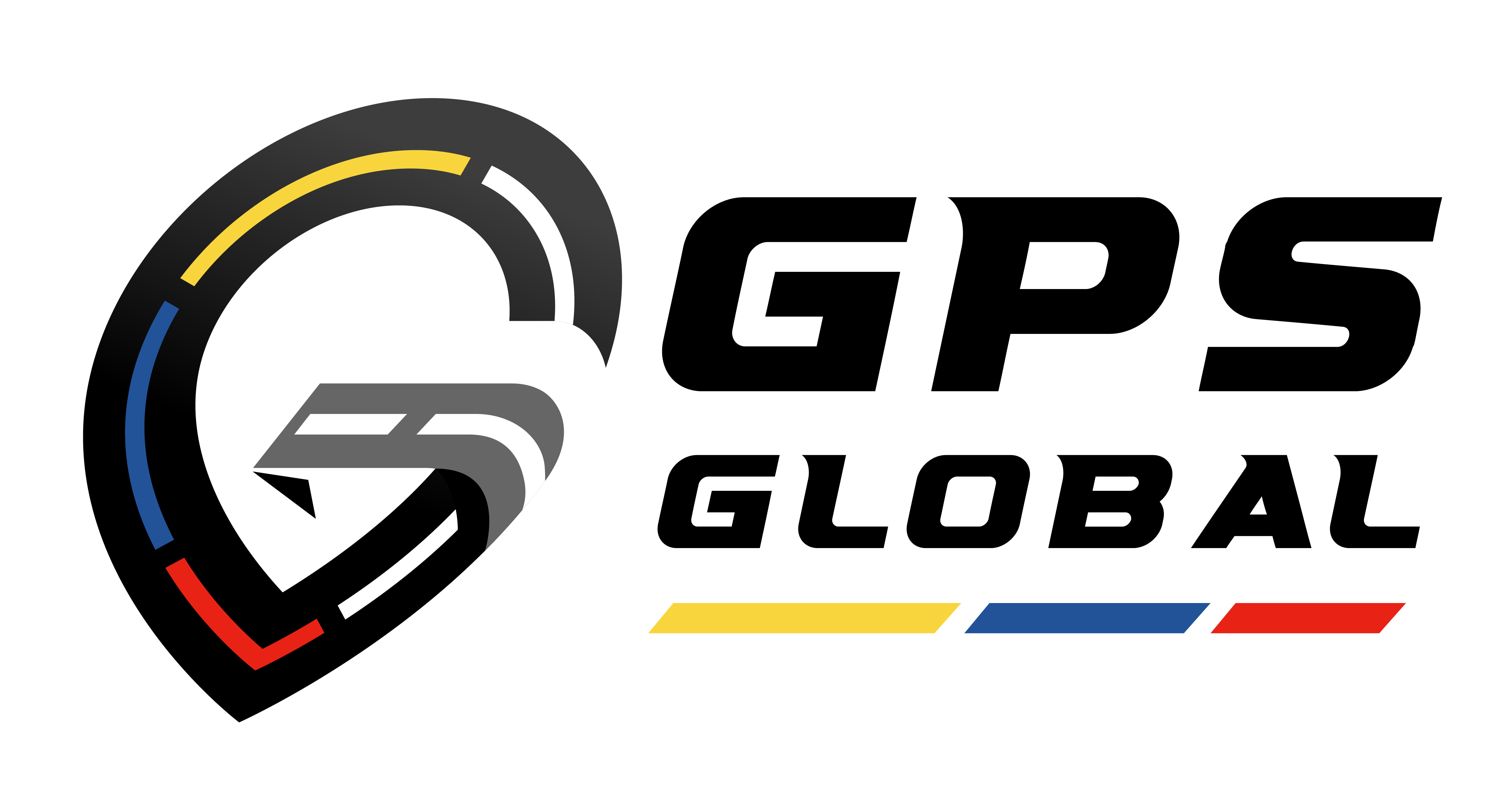A vertex in mathematics is a point where two lines or rays meet, forming an angle at that point, and is denoted by capital letters such as A, O, P, etc. The vertex plural is vertex. In solid geometry, that is, geometry.3D shapes such as cubes and cuboids form several vertices. Whereas in 2D shapes such as polygons form a single vertex. In solid geometry, a vertex is the point where at least 3 edges meet. The point around which an angle is measured is called the vertex of the angle, and the angle associated with a particular vertex is called the vertex angle. A vertex of a flat tiling or tiling is a point where three or more tiles meet. [8] In general, but not always, the tiles of a mosaic are polygons and the vertices of the tiling are also vertices of their mosaics. More generally, the tiling can be thought of as a kind of topological cell complex, just like the surfaces of a polyhedron or polytope; The vertices of other types of complexes, such as simplicial complexes, are their zero-dimensional surfaces. [ref. needed] A vertex angle in a polygon is often measured inside the vertex.
For each simple n-gon, the sum of the internal angles is π(n − 2) radians or 180(n − 2) degrees. [1] Example: The graph of (fleft( x right) = 1 – 2x -3{x^2}) is as shown below. Find the top of the parable. However, in graph theory, vertices can have fewer than two incident edges, which is generally not allowed for geometric vertices. When they intersect, the point where they intersect is called the intersection of the two lines. This is not a summit. In computer graphics, objects are often represented as triangulated polyhedra, where the vertices of the object are associated not only with three spatial coordinates, but also with other graphical information needed to render the object correctly, such as colors, reflection properties, textures, and surface normality. [11] These properties are used when rendering from a vertex shader that is part of the vertex pipeline. In three-dimensional and three-dimensional polyhedra, a vertex angle is a polyhedral angle or an n-hedral angle. [2] It is described by a sequence of n surface angles, which are the angles formed by two edges of the polyhedron meeting at the vertex, or by a sequence of n dihedral angles, which are the angles between two surfaces that share the vertex. The angle can be quantized using a single number by the internal solid angle at the vertex (the spherical excess) related to the sum of the dihedral angles, or by the angular defect (or excess) of the vertex related to the sum of the surface angles, or other metrics such as the polar sine.
The simplest type of polyhedral angle is a trihedral or trihedral angle (bounded by three planes) as found at the vertices of a parallelepiped or tetrahedron. [3] [4] Not only flat shapes, but also monochrome shapes have vertices that form where edges meet. The lines do not intersect to form the vertex, but it is the corners or edges of the monochrome form that form the vertex. For example, consider the image of a cube, the corners or edges of the shape are considered vertices, resulting in a total of 8 vertices. Vertices are also sometimes given as vertices or vertices of a shape, such as triangles and pyramids. This vertex or vertex is the upper corner above the base of the base. For example, look at the image of a tetrahedron, it has 4 vertices. The vertex of the angle BAC, written ∠BAC, is point A. The angle can also be called ∠CAB or simply by its vertex ∠A. If you use three dots to name the angle, always place the vertex name in the middle. Therefore, ∠BAC is not the same angle as ∠ABC or ∠BCA.
One of the vertices of the five-sided polyhedron (pentahedron) above is shown. Note that the 3 edges displayed meet at the top. The pentahedron has a total of 6 vertices. The higher-dimensional analogue of a right angle is the vertex angle formed by mutually perpendicular edges, for example at the vertex of a hypercube. In three dimensions, such an angle can be found in a trirectangular tetrahedron or angle reflector. The vertex angle occurs when two lines or rays meet and intersect at an end point or vertex. This angle is measured in degrees and is sometimes used interchangeably with the angle of view. In a 2D shape like a polygon, the vertex angle is formed with two lines that intersect at the corner and in 3D shapes because there are more than two lines, so many angles are possible. Let`s learn more about vertex angle, vertex definition, and vertex angle in different forms, and solve some examples to better understand the concept. ∠LAC above cannot be named solely by its vertex, since the ∠CAD and ∠BAD angles both have A as vertices.
In this case, each angle must be named after the points on each side that form the angle and vertex of the angle. An isosceles triangle has one vertex angle and two congruent base angles. The angle of sum is 180. Example 1: How many vertices does a rectangle have? In analytic geometry, the vertex of the graph of a parabola is the maximum point or minimum point of the graph. The surface and dihedral angles of a polyhedral angle can be related by interpreting the polyhedral angle as a spherical polygon whose lateral lengths are the surface angles and whose angle angles are the dihedral angles; The surface of the polygon is the solid angle of the vertex (see spherical trigonometry, in particular the spherical law of cosine). For the degree of any interior angle in a regular polygon A principal vertex xi of a simple polygon P is called a mouth if the diagonal [x(i − 1), x(i + 1)] is outside the limit of P. In geometry, a vertex is an angle (shape) associated with a vertex of an n-dimensional polytope. In two dimensions, it refers to the angle formed by two intersecting lines, as at a “corner” (vertex) of a polygon.
[1] In higher dimensions, more than two lines (edges) can meet at a vertex, making it more complicated to describe the angular shape. A vertex (plural vertex) is a point at which two or more sides or edges of a geometric figure meet. In a polygon, the (inside, i.e. measured inside the vertex) are usually called or. The sum of the internal angles in each -gon is given by radians or (Zwillinger 1995, p. 270). The vertex is the intersection of edges or line segments. The plural of this is called vertices. These vertices differ depending on the shape, for example a triangle has 3 edges or vertices and a pentagon has 5 vertices or vertices.
As we have seen, the angle formed at the vertex is called the vertex angle. For each polygon, the vertex angle is different and is calculated using these two formulas. The angular formula of a regular polygon is given by: This article on elementary geometry is a stub. You can help Wikipedia by expanding it. The vertex of an angle is the point where two rays begin or meet, where two line segments connect or meet, where two lines intersect (cross), or an appropriate combination of rays, segments, and lines that cause two straight “sides” to meet in the same place. [3] [4] In a polygon, a vertex is said to be “convex” if the inner angle of the polygon (i.e. the angle formed by the two edges at the vertex with the polygon in the angle) is less than π radians (180°, two right angles); Otherwise, it is called “concave” or “reflex”. [5] More generally, a vertex of a polyhedron or polytope is convex if the intersection of the polyhedron or polytope is convex with a sufficiently small sphere centered at the vertex and is otherwise concave. [ref. necessary] The vertex usually refers to a corner or point where the lines meet.
For example, a square has four vertices, each called a vertex. The plural form of vertex is vertex. (Pronounced: “worm – tiss- ease”). For example, a square has four vertices. The word vertex is most often used to refer to the corners of a polygon. For examples, see: The vertex is important because it defines the peak or low point, such as the peak in an isosceles triangle or the minimum point in a parabola. Points A, B, C, and D are the vertices of the rectangle above. Polygons can be named after their vertices as long as they are listed in sequential order.


